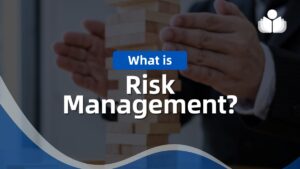In the group of attendees for a recent class in Major Gifts Fundraising was a person identifying herself as a consultant, a member of a fundraising-consulting firm, who was shortly to be working with a client organization in the creation of a major gifts program.
This started me thinking. Who/what is a fundraising/development consultant??
My old dictionary defines a consultant as an expert who is called on for professional or technical advice or opinions.
In this context, I should think there’d be heavy emphasis on the “expert” part of the definition. The problem is that I “hear” many people describing themselves as development consultants that clearly don’t have the education/training and experience it takes to be an expert.
Folks that come from various areas “somewhat related” to development —
i.e., marketing, public relations, special events, etc, even those from totally unrelated fields, feel comfortable hanging out their (fundraising) consultant shingle.
At various luncheons, workshops and seminars, I’ve met people who have worked as volunteers and think they now know enough that non-profits should risk their financial futures on them. And I’ve met folks from other fields, and those out of work, who think that “fundraising might be good to try,” and they want to start as consultants.
So, considering the above, I get the feeling that, to protect the non-profit sector from a “bad rap” and consultants (in general) from having a negative label hung on them/us, there needs to be established some set of criteria for who can/should be a fundraising consultant.
It has been suggested that one must have some sort of “credential” to be a fundraising consultant – that the CFRE (as an example) should be required and should be proof enough that the holder is qualified to be a consultant.
Realistically, however, having the CFRE attests only to the fact that the individual has demonstrated knowledge of the basics of fundraising. That’s not the equivalent of “expert“ !!
Like trusting the health of your loved ones to a physician with an on-line degree; there are many practitioners out there in fundraising-consulting-land to whom you’d not want to trust the financial health of your nonprofit organization.
So, before I get too carried away, I’ll step back and ask, “What do you think?”
=-=-=-=-=-=-=-=-=-=-=-=-=-=
Have a comment or a question about starting, evaluating or expanding your fundraising program? Email me at [email protected]. With over 30 years of counseling in major gifts, capital campaigns, bequest programs and the planning studies to precede these three, we’ll likely be able to answer your questions.
 Sections of this topic
Sections of this topic
















